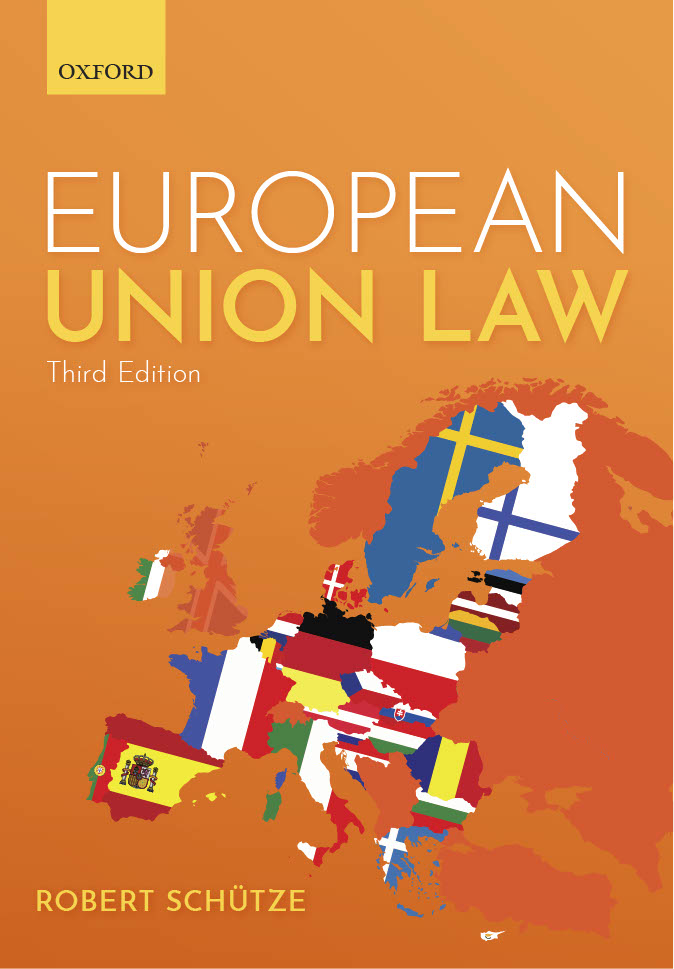When compared to the legislative and executive branches, the judiciary looks like a poor relation. For the classic civil law tradition reduces courts to ‘the mouth that pronounces the words of the law’, and even the common law tradition finds that ‘[w]hoever attentively considers the different departments of power must perceive, that in a government in which they are separated from each other, the judiciary, from the nature of its functions, will always be the least dangerous to the political rights of the constitution’. In the eyes of both traditions, the judiciary is thus ‘the least dangerous branch’.
This traditional view originates in the eighteenth century. It reduces the judiciary to its adjudicatory function, that is: the power to decide disputes between private parties. Yet this position was to change dramatically in the nineteenth and twentieth centuries. Courts not only succeeded in imposing their control over the executive branch; some States even allowed for the constitutional review of legislation. These judicial ‘victories’ over the executive and legislative branch were inspired by the idea that all public power should be subject to the ‘rule of law’; and this idea would, in some legal orders, include the sanctioning power of the judiciary to order a State to make good damage caused by a public ‘wrong’.
A modern definition of the judicial function therefore needs to treat three core powers, which – in descending order – are: the power to annul legislative or executive acts, the power to remedy public wrongs and the power to adjudicate legal disputes between parties.
The following chapters explores these three judicial prerogatives within the Union legal order. Importantly: the judicial function is here ‘split’ between the Court of Justice of the European Union and the national courts. For the Union legal order decided, early on, to recruit national courts in the exercise of some judicial functions – and has thereby turned them into decentralised ‘European’ courts. This judicial federalism has indeed been a cornerstone of the Union and will be discussed in Chapter 11.
This chapter, however, will concentrate on the ‘centralised’ powers of the Court of Justice of the European Union (see Figure 10.1). Section 1 starts with an analysis of its annulment power. The power of judicial review is the founding pillar of a Union ‘based on the rule of law’. Section 2 moves to the remedial power of the European Court, and the question when the Union legislative or executive branches will be liable to pay damages for an illegal action. Finally, sections 3 and 4 investigate the Court’s power to adjudicate disputes between parties. In addition to a number of direct actions (direct actions start directly in the European Court), the EU Treaties here envisage an indirect action starting in the national courts: the preliminary reference procedure. This procedure is the judicial cornerstone of the Union’s cooperative federalism. For it combines the central interpretation of Union law by the Court of Justice with the decentralised application of European law by the national courts.
It goes without saying that this chapter cannot discuss all judicial competences of the European Court. An overview of the various judicial powers and procedures in the TFEU can nevertheless be found in Table 10.1. Importantly, the EU Treaties here acknowledge two general jurisdictional limitations: Articles 275 and 276 TFEU. The former declares that the European Court will generally ‘not have jurisdiction with respect to the provisions relating to the common foreign and security policy nor with respect to acts adopted on the basis of those provisions’. By contrast, the latter article decrees that the European Court ‘shall have no jurisdiction to review the validity or proportionality of operations carried out by the police or other law-enforcement services of a Member State or the exercise of the responsibilities incumbent upon Member States with regard to the maintenance of law and order and the safeguarding of internal security’. These two ‘holes’ in the judicial competences of the Court are deeply regrettable, for they effectively replace the ‘rule of law’ with the rule of the executive.
